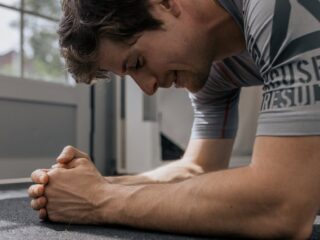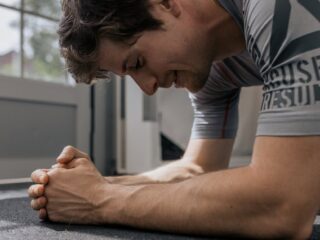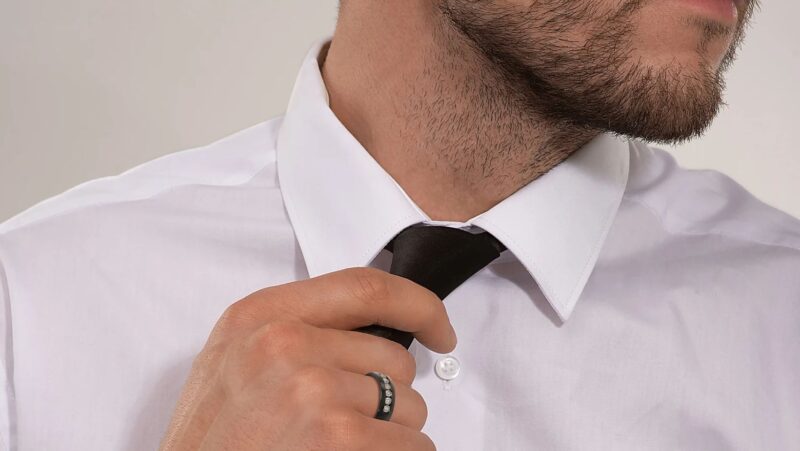
Boxing is a combat sport with a combination of skill, technique, and physical prowess. Mastering basic boxing skills and top-level techniques is vital for aspiring boxers or enthusiasts looking to excel in the sport. These aspects encompass various abilities, including proper boxing footwork fundamentals, effective punching techniques, defensive maneuvers, and strategic positioning. By honing these skills, boxers can maximize their offensive and defensive capabilities, optimize their power and speed, and outmaneuver opponents in the ring.
Additionally, mastering boxing skills and techniques enhance overall coordination, agility, and fitness levels. Whether pursuing a career as a professional boxing trainer or engaging in boxing as a recreational activity, acquiring and refining these fundamental aspects is crucial for success and enjoyment.
In this guide, we will focus on one of the most critical elements of boxing: punching techniques. From the jab to the uppercut, each punch has its unique execution and purpose. Let’s dive into the key punching techniques every boxer should master.
The Jab: The Fundamental Punch
What Is a Jab?
The jab is the most fundamental punch in boxing and is the foundation for all other punches. It is a quick, straight punch delivered with the lead hand intended to strike the opponent while maintaining distance and control. Due to its simplicity and effectiveness, the jab is often the first punch a boxer learns. Despite its straightforward nature, a well-executed jab requires precision, speed, and proper technique to be truly effective.
How to Execute a Perfect Jab
Executing a perfect jab involves a combination of stance, positioning, and movement. Here’s a step-by-step guide:
- Stance: Begin in your boxing stance, with your feet shoulder-width apart, knees slightly bent, and weight evenly distributed. Your lead foot should point forward, while your rear foot is angled slightly outward for balance.
- Positioning: Keep your lead hand up, close to your face, with your elbow bent and forearm vertical. Your rear hand should be positioned near your chin to protect against counter-attacks.
- Execution: To throw the jab, extend your lead hand straight out from your shoulder, aiming to strike the target with the first two knuckles of your fist. As you punch, rotate your fist so that your palm faces downward at the point of impact. This rotation adds snap to the punch and helps protect your hand from injury.
- Footwork: Simultaneously, step forward with your lead foot to close the distance between you and your opponent. This step should be quick and controlled, allowing you to maintain balance and readiness for follow-up actions.
- Recoil: Immediately after landing the jab, retract your hand along the same path, returning to your guard position. This quick recoil helps you maintain your defensive posture and prepare for subsequent punches or defensive maneuvers.
Importance of the Jab
The jab helps you gauge the distance between you and your opponent. You can determine the optimal range for landing your other punches by consistently throwing jabs while keeping the opponent at a controlled distance. A well-timed jab can disrupt your opponent’s defense, creating openings for more powerful punches like the cross, hook, or uppercut. It can be used to initiate combinations and keep the opponent guessing.
The Cross: Power and Precision
What Is a Cross?
The cross, also known as the straight right (for orthodox stance), is a powerful straight punch thrown with the rear hand. Due to the body mechanics involved in its execution, it is one of the most powerful punches in boxing. The cross is typically used to target the opponent’s head or torso and is often thrown immediately after a jab in a one-two combination.
How to Execute a Perfect Cross
- Stance: Maintain a balanced stance with your feet shoulder-width apart, knees slightly bent, and weight evenly distributed.
- Positioning: Your rear hand should be up and ready to fire, with your lead hand protecting your chin.
- Execution: Rotate your hips and shoulders as you extend your rear hand straight forward. Your rear foot should pivot to generate maximum power from your legs and core.
- Follow-Through: Ensure your fist rotates so your thumb points downward at the moment of impact. This rotation adds force to the punch and helps protect your hand.
Importance of the Cross
Due to the full-body rotation involved, the cross generates significant force and has the potential to end fights with a single blow. The cross is often combined with the jab (jab-cross or one-two combination) to create an effective offensive strategy that keeps the opponent off balance and opens up opportunities for further attacks.
The Hook: Devastating Side Attack
What Is a Hook?
A hook is a semi-circular punch thrown with the lead hand (lead hook) or rear hand (rear hook). It is designed to target the side of the opponent’s head or body and is particularly effective at close range.
The hook is known for its power and ability to deliver knockout blows.
How to Execute a Perfect Hook
- Stance: Stay balanced with your feet shoulder-width apart, knees slightly bent, and weight evenly distributed.
- Positioning: Keep your lead hand at chin level, elbow bent, and forearm horizontal.
- Execution: Pivot your lead foot and rotate your torso as you swing your lead arm horizontally. Your fist should be positioned with the palm facing you or slightly downwards.
- Contact Point: Aim for the opponent’s jaw or body, ensuring that your elbow remains bent throughout the punch to maintain control and power.
Importance of the Hook
The hook is effective at close range and can target both the head and body, making it a versatile tool in a boxer’s arsenal. When executed correctly, the hook can deliver devastating knockout blows due to the rotational force generated by the torso and hips.
The Uppercut: Precision Power Punch
What Is an Uppercut?
An uppercut is a vertical, upward punch aimed at the opponent’s chin or midsection. It is designed to slip under the opponent’s guard and deliver a powerful blow from below. The uppercut is particularly effective in close-quarters combat and can lead to knockouts if landed cleanly.
How to Execute a Perfect Uppercut
- Stance: Stand with your feet shoulder-width apart, knees slightly bent, and weight evenly distributed.
- Positioning: Drop your hand slightly and keep your elbow close to your body to generate upward force.
- Execution: Push off your rear foot, rotate your hips, and thrust your fist upward toward the opponent’s chin or midsection. Your fist should stay close to your body throughout the punch to maintain control and power.
- Follow-Through: Ensure your fist stays close to your body to protect against counter-punches and maintain balance.
Importance of the Uppercut
The uppercut is highly effective in close-quarters combat, where it can slip under the opponent’s guard and deliver a powerful blow. The upward trajectory of the uppercut can catch opponents off guard, leading to knockouts or creating openings for additional punches.
The Overhand: Powerful and Unexpected
What Is an Overhand?
An overhand punch is a looping, over-the-top punch aimed at the opponent’s head. It is typically thrown with the rear hand and is designed to bypass the opponent’s guard, landing with significant force. The overhand punch is known for its knockout potential and ability to surprise opponents.
How to Execute a Perfect Overhand
- Stance: Maintain a balanced stance with your feet shoulder-width apart, knees slightly bent, and weight evenly distributed.
- Positioning: Drop your rear hand slightly to generate momentum for the looping motion.
- Execution: Rotate your hips and shoulders, bringing your rear hand over and down onto your opponent. Your rear foot should pivot to generate maximum power from your legs and core.
- Contact Point: Aim for the opponent’s temple or jaw, rotating your fist so that your thumb points downward at the moment of impact.
Importance of the Overhand
The looping motion of the overhand punch can penetrate an opponent’s guard, catching them off guard and landing with significant force.

The overhand punch delivers powerful blows with the element of surprise, making it a potential fight-ending punch.
Combining Punches: The Art of Combinations
Effective Combinations
- Jab-Cross (1-2): A basic yet powerful combination that uses the jab to set up the cross.
- Jab-Cross-Hook (1-2-3): Adds a hook for variety and increased offensive potential.
- Uppercut-Hook-Cross: Mixes uppercuts and hooks for close-range effectiveness and increased unpredictability.
Practice and Repetition
- Drills: Regularly practice combinations on the heavy bag and with a trainer to develop muscle memory and improve technique.
- Shadow Boxing: Visualize and practice combinations without a partner to improve form, speed, and coordination.
- Sparring: Test combinations in sparring sessions to adapt to real fight scenarios and refine your timing and strategy.
Practice, Practice, & Practice!
Mastering different boxing punching techniques requires dedication, practice, and attention to detail. You’ll enhance your boxing skills and performance by focusing on the jab, cross, hook, uppercut, and overhand punches and integrating them into combinations. Remember, the key to success in boxing is power, precision, and timing.












